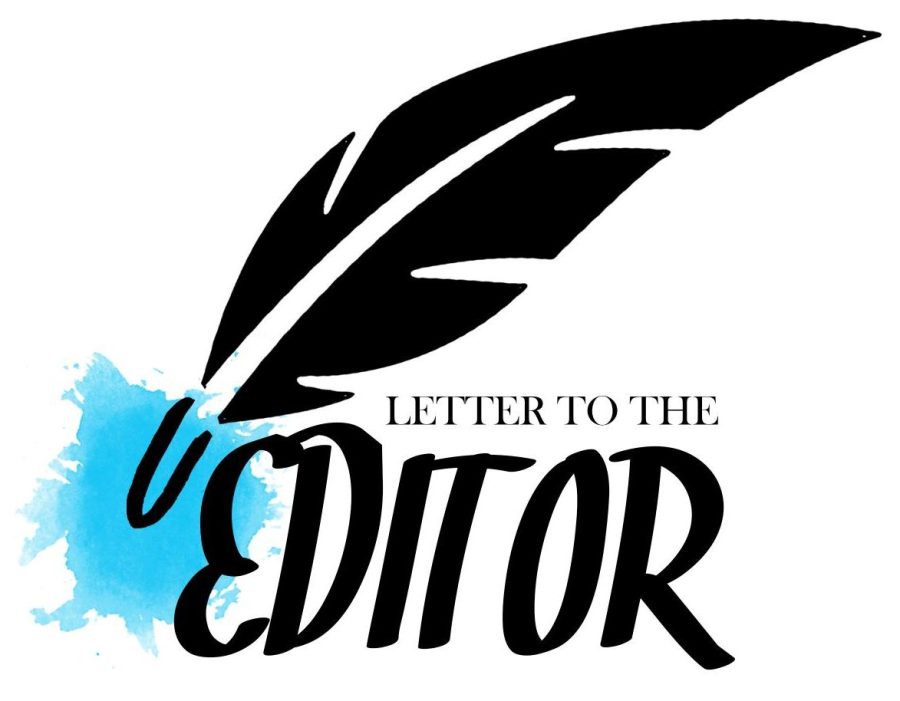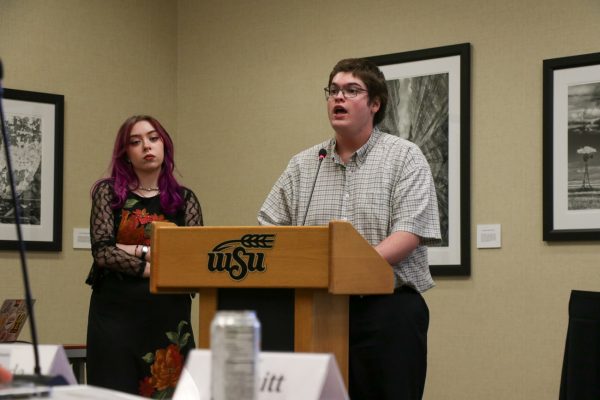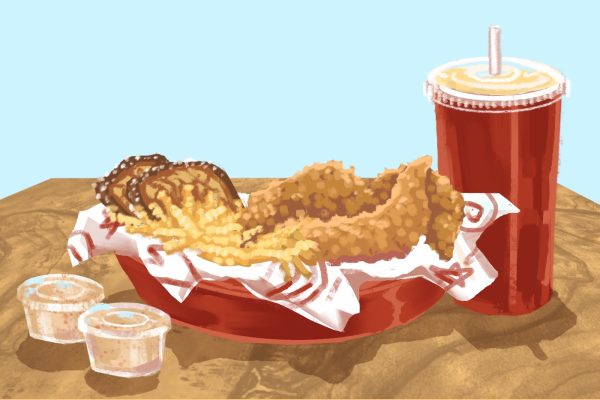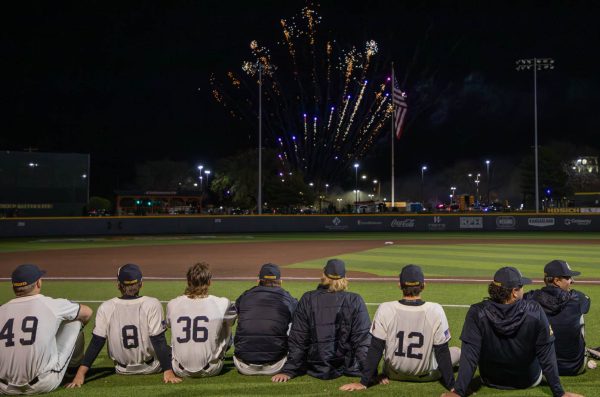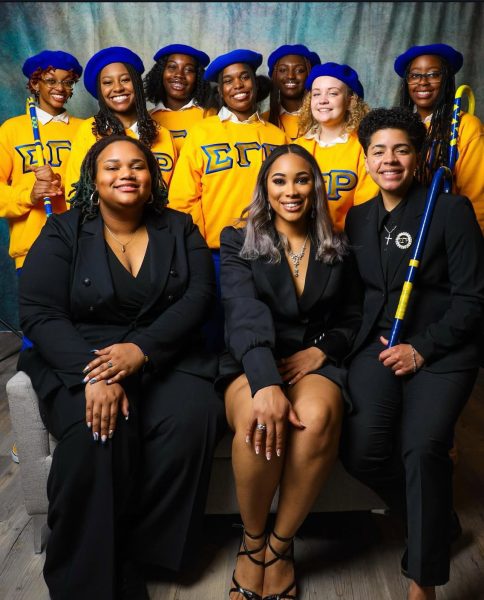LTTE: Neal Allen, chair of the WSU Political Science Department
Like all presidents, Donald Trump talks a lot about the military. He is campaigning for reelection as a strong commander-in-chief, but his rhetoric undermines democracy.
Much of the initial analysis of Trump’s speech at the BOK Center in Tulsa last Saturday was about his 14-minute defense of his performance at the U.S Military Academy graduation ceremony at West Point last week. He was rebutting criticism of his use of two hands to drink from a water bottle, and his slow walk down a ramp after his speech.
Social media discussion of Trump’s performances, however, should not distract from how important military metaphors are to his understanding of politics. He believes that governing is domination, whether your enemies are foreign or domestic.
On Saturday May 30, Trump tweeted “Mayor Jacob Frey of Minneapolis will never be mistaken for the late, great General Douglas MacArthur or great fighter General George Patton.” This is true – the images of protest and uprising that have followed the death of George Floyd in Minneapolis police custody are nothing like a WWII documentary or movie.
The deeper meaning of this tweet is that the President wants state and local officials to see themselves as equivalent to leaders of hundreds of thousands of soldiers in battle. On June 1, he urged Governors on a conference call that “you have to dominate or you will look like a bunch of jerks.”
MacArthur and Patton are exactly the wrong kind of role models for elected officials, even when there is violence and looting in American cities and protests at the gates of the White House. Their success in World War II was in “dominating” parts of other countries during a war for national survival. They were not “defending” territory in the United States, populated by American citizens.
The veneration of military heroes like MacArthur and Patton makes sense when we think back to what the United States was facing in 1942: Japan had just bombed Pearl Harbor, and Germany controlled nearly all of continental Europe. Both nations were committed to doctrines of racial and ethnic superiority, making the war an existential conflict for all human beings.
But in the context of the killings of people of color by police, using MacArthur and Patton as role models is best understood as white supremacy. If the government’s job is to “dominate” a group of people, then it cannot represent them.
Like President Trump, I am also a white male who has not served in the military. I cannot personally understand the experiences of the people of color who are protesting, or the National Guard troops who have been deployed in cities like Minneapolis. But I can understand that the streets of Washington, D.C. are not a “battlespace,” in the words of Secretary of Defense Mark Esper. D.C. Mayor Muriel Bowser (a Democrat) understands this as well, renaming part of 16th Street NW near the White House “Black Lives Matter Plaza.”
Tulsa Mayor G.T. Bynam (a Republican) also seems to understand the flexibility that is needed to govern a city. He imposed a 10:00 pm curfew in the area around Trump’s rally, but then lifted it to avoid having to clear the area of Trump supporters who planned to camp overnight. Bynam may have looked indecisive, but he removed a potential conflict between law enforcement and citizens.
Only a leader in the grips of paranoia and delusion would be unable to distinguish between our current crisis and World War II. Ironically, President Richard Nixon liked to watch Patton, the 1971 winner of the Oscar for Best Picture, during the Watergate crisis.
American democracy survived Watergate because Congress forced Nixon to resign or be impeached and removed from office. It will survive the current crisis because leaders like Muriel Bowser and G.T. Bynam can set aside military metaphors and focus on deescalating conflict.



